Home>Garden Essentials>When To Plant Grass Seed In South Carolina
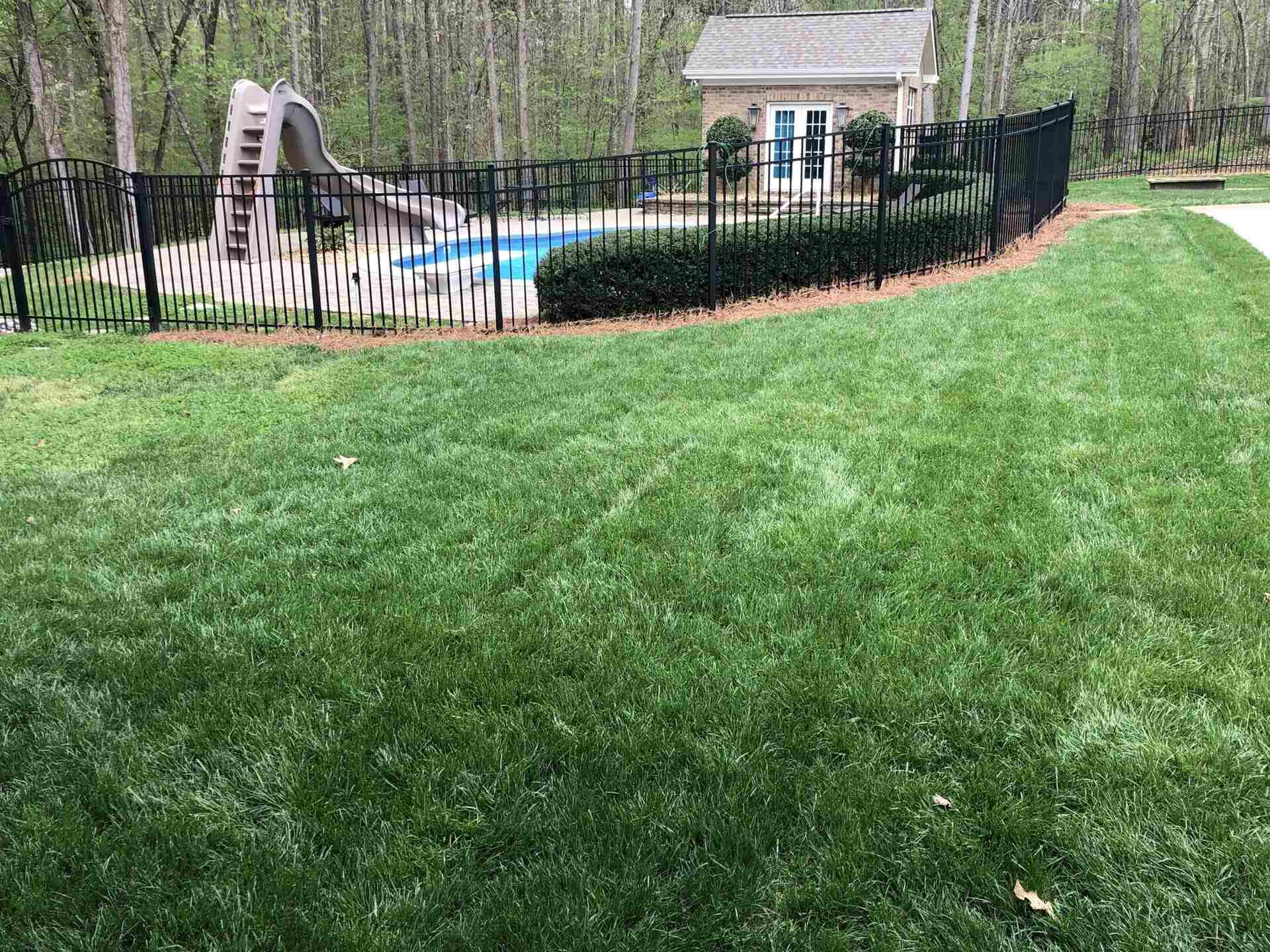

Garden Essentials
When To Plant Grass Seed In South Carolina
Modified: March 16, 2024
Looking to start a garden in South Carolina? Learn when to plant grass seed in the region for optimal growth and a beautiful garden.
(Many of the links in this article redirect to a specific reviewed product. Your purchase of these products through affiliate links helps to generate commission for Storables.com, at no extra cost. Learn more)
Introduction
When it comes to creating a lush and vibrant lawn in South Carolina, planting grass seed is an essential step. Whether you are starting a new lawn from scratch or looking to fill in bare patches, knowing the right time to plant grass seed is crucial for success.
South Carolina’s climate is characterized by warm summers and mild winters, making it ideal for growing a variety of grasses. However, factors such as soil type, sun exposure, and water availability also play a significant role in determining the best time to plant grass seed.
In this article, we will explore the factors to consider before planting grass seed, the best time for planting in South Carolina, soil preparation techniques, choosing the right seed, steps to plant grass seed, watering and maintenance tips, as well as common issues and troubleshooting.
By following these guidelines, you will be well-equipped to create a thriving and beautiful lawn that enhances the beauty and value of your South Carolina property.
Key Takeaways:
- The best time to plant grass seed in South Carolina is during the fall, specifically in September and October. This timing allows for ideal conditions for seed germination and root development, leading to a healthy and vibrant lawn.
- Choosing the right grass seed and providing consistent watering and maintenance are crucial for successfully establishing a lush lawn in South Carolina. Factors such as climate, soil type, and sun exposure play a key role in selecting the appropriate grass seed varieties.
Factors to Consider Before Planting Grass Seed
Before you embark on the journey of planting grass seed in South Carolina, it is essential to consider a few key factors to ensure the success of your lawn.
- Climate: South Carolina has a warm and humid climate, which affects the types of grass that thrive in the region. It is important to choose grass varieties that are well-suited for the area’s climate to ensure they can withstand the heat and humidity.
- Soil Type: The type and quality of the soil play a significant role in the success of your lawn. Conduct a soil test to determine its pH levels and nutrient content. Based on the results, you may need to amend the soil before planting grass seed.
- Sun Exposure: Different grass species have varying requirements for sunlight. Consider the amount of sun your lawn receives throughout the day and choose grass varieties that are suitable for the level of sun exposure in your yard.
- Water Availability: Adequate water supply is crucial for the establishment and growth of grass seed. Ensure you have access to a reliable water source and consider any water restrictions in your area.
- Maintenance Plan: Creating a beautiful lawn requires regular maintenance. Consider your available time and resources for mowing, fertilizing, and other necessary tasks to ensure you can properly care for your new grass seed.
- Usage: Determine how you plan to use your lawn. If you have children or pets who will frequently be using the lawn, consider grass varieties that can withstand heavy foot traffic and have good resilience.
By carefully considering these factors, you will be able to make informed decisions about the type of grass seed to choose and the necessary steps to prepare your lawn for successful planting.
Best Time for Planting Grass Seed in South Carolina
The climate in South Carolina is well-suited for growing a variety of grasses, but timing is crucial when it comes to planting grass seed. The best time to plant grass seed in South Carolina is during the fall season, particularly in the months of September and October.
During the fall, the temperatures begin to cool down, and the soil retains moisture more effectively than in the hot summer months. These conditions create an ideal environment for seed germination and root development. Additionally, weeds are less active during the fall, providing newly planted grass seed with less competition for nutrients and sunlight.
In some cases, early spring can also be a suitable time for planting grass seed in South Carolina. However, it is important to note that spring planting may require more diligent watering and maintenance due to the warmer temperatures and potential dry spells. If you choose to plant in the spring, aim for the months of March and April when the soil has warmed up sufficiently.
It is advisable to avoid planting grass seed during the hot and dry summer months as the high temperatures and lack of rainfall can make it challenging for the seed to establish. Additionally, competition from weeds and a higher risk of diseases can hinder the success of newly planted grass.
Ultimately, the best time to plant grass seed in South Carolina is when the soil temperatures are conducive to germination and the weather conditions are more favorable for growth. By timing your planting correctly, you give your grass seed the best chance of establishing a healthy and vibrant lawn.
Preparing the Soil for Grass Seed
Proper soil preparation is crucial for the success of your grass seed in South Carolina. By creating an optimal environment for seed germination and root development, you can give your lawn a strong foundation to thrive upon. Here are the steps to prepare the soil:
- Clear the area: Begin by removing any existing vegetation, rocks, or debris from the area where you plan to plant grass seed. This will create a clean and level surface for seed establishment.
- Soil testing: Conduct a soil test to determine the pH level and nutrient content of your soil. This will help you identify any deficiencies or imbalances that need to be corrected before planting. Amend the soil as necessary based on the test results.
- Aeration: If the soil is compacted, consider aerating it by using a garden fork or a specialized aerating tool. This will help improve drainage, allow air to reach the roots, and create channels for the grass seed to establish.
- Remove weeds: Before planting, remove any weeds, including their roots, from the area. This will minimize competition for nutrients and sunlight, giving your grass seed a better chance of thriving.
- Level the soil: Use a rake or leveling tool to smooth out any uneven areas and create a level surface. This will prevent water pooling and ensure more even germination and growth of the grass seed.
- Loosen the topsoil: Use a garden rake or a tiller to loosen the top layer of soil. This will help the grass seed establish roots more easily and access the necessary nutrients and water.
- Apply organic matter: Adding organic matter, such as compost, to the topsoil can improve its structure, water-holding capacity, and nutrient content. Spread a layer of compost evenly over the prepared soil and rake it in lightly.
- Final soil preparation: Before planting, lightly compact the soil using a lawn roller or by gently walking over the area. This will create good seed-to-soil contact, which is essential for successful germination.
By following these steps, you can create a well-prepared soil bed that promotes healthy grass seed germination and establishes a strong and thriving lawn in South Carolina.
Choosing the Right Grass Seed for South Carolina
When it comes to selecting the right grass seed for your South Carolina lawn, it is important to consider factors such as climate, soil conditions, and intended use. Each grass species has its own unique characteristics, which will determine its adaptability and performance in your specific environment. Here are some popular grass seed options for South Carolina:
- Bermudagrass: Bermudagrass is a warm-season grass that thrives in the hot and humid climate of South Carolina. It is known for its excellent heat tolerance, drought resistance, and ability to withstand heavy foot traffic. Bermudagrass is a popular choice for homeowners seeking a durable and low-maintenance lawn.
- Zoysiagrass: Zoysiagrass is another warm-season grass that performs well in South Carolina. It has good heat tolerance, wear resistance, and is known for its dense and attractive appearance. Zoysiagrass requires less mowing and fertilizer compared to some other grass species, making it a low-maintenance option.
- Fescue: Tall fescue is a cool-season grass that can be grown in South Carolina, particularly in the upstate region where winters are cooler. This grass is well-suited for shaded areas and has good tolerance for foot traffic. Fescue is known for its year-round green color and ability to maintain its appearance during the summer heat.
- Centipedegrass: Centipedegrass is a low-maintenance warm-season grass that performs well in the acidic soils commonly found in South Carolina. It has a medium texture and provides a dense and attractive lawn. Centipedegrass requires less fertilizer and water compared to other grass species.
When choosing grass seed, consider factors such as the amount of sunlight your lawn receives, your preferred maintenance level, and the specific characteristics of each grass species. It is also a good idea to consult with local experts or nurseries to get recommendations based on your specific location in South Carolina.
Keep in mind that a mixture of grass seed types, such as a blend of Bermudagrass and fescue, can also be an option if you have different areas with varying growing conditions in your lawn.
By carefully selecting the right grass seed for your South Carolina lawn, you can ensure optimal growth and a beautiful, thriving lawn that withstands the unique climate and conditions of the region.
The best time to plant grass seed in South Carolina is during the late spring or early fall. This allows the seeds to establish before the extreme heat of summer or the cold of winter. Make sure to choose a grass variety that is well-suited to the local climate and soil conditions.
Read more: What Grass Grows Best In South Carolina
Steps for Planting Grass Seed in South Carolina
Planting grass seed in South Carolina requires careful preparation and attention to detail. Follow these steps to ensure successful establishment and growth of your lawn:
- Prepare the soil: Clear the area of any debris, conduct a soil test, and amend the soil as necessary. Remove weeds and level the soil to create a smooth surface.
- Choose the right grass seed: Select a grass seed variety that is well-suited for the climate and conditions in South Carolina. Consider factors such as sunlight exposure, soil type, and intended use of the lawn.
- Measure and calculate: Determine the amount of grass seed needed based on the size of the area you plan to cover. Read the seed packaging for recommended seeding rates and adjust accordingly.
- Spread the grass seed: Use a spreader or broadcast the grass seed evenly over the prepared soil. Start with half the recommended amount and spread it in one direction. Then, apply the remaining seed in a perpendicular direction to ensure even coverage.
- Rake and lightly cover the seed: Use a garden rake to lightly work the grass seed into the top layer of soil. This will help improve seed-to-soil contact and protect the seed from birds or other animals.
- Water thoroughly: Water the newly seeded area immediately after planting. Ensure the soil is moist to a depth of 6 to 8 inches. For the first few weeks, water the area regularly to keep the soil consistently moist while the grass seed germinates and establishes.
- Monitor and adjust watering: As the grass seed begins to germinate and grow, monitor the soil moisture levels and adjust your watering schedule accordingly. Avoid overwatering, as it can lead to disease and shallow root development.
- Maintain proper mowing height: Once the grass seed has established and reached a height of 3 to 4 inches, it is time for the first mowing. Set the mower blade to a height of 2 to 3 inches and continue to mow at this height throughout the growing season.
- Fertilize as needed: Depending on the grass species and soil conditions, you may need to fertilize your lawn. Follow the recommended fertilization schedule and use a slow-release fertilizer to promote healthy growth.
- Maintain regular maintenance: Keep up with regular lawn maintenance tasks such as mowing, watering, and weed control to ensure the continued health and beauty of your South Carolina lawn.
By following these steps and providing proper care and attention to your newly planted grass seed, you can achieve a lush and vibrant lawn that enhances the beauty of your South Carolina property.
Watering and Maintenance Tips for Newly Planted Grass Seed
Proper watering and maintenance are crucial for the successful establishment of newly planted grass seed in South Carolina. Here are some tips to ensure optimal growth and a healthy lawn:
- Water consistently: After planting the grass seed, ensure the soil remains consistently moist. Water the area lightly but frequently, avoiding heavy watering that can lead to runoff or puddling. Aim to keep the top 1 to 2 inches of soil evenly moist throughout the germination period, which can take up to a few weeks.
- Water deeply: Gradually transition from frequent light watering to less frequent but more thorough watering. This encourages the grass roots to grow deeper into the soil, resulting in a more drought-tolerant lawn. Water the lawn deeply, providing enough moisture to penetrate the root zone, typically about 6 to 8 inches deep.
- Time your watering: Water your newly planted grass seed early in the morning or late in the afternoon to minimize water evaporation. This allows the grass blades to dry before nighttime, reducing the risk of disease development.
- Watch for signs of overwatering or underwatering: Monitor the soil moisture levels and adjust your watering accordingly. Overwatering can lead to shallow root development and increased susceptibility to disease, while underwatering can result in poor germination and stunted growth.
- Maintain proper mowing height: Once the grass seed has reached a height of 3 to 4 inches, it is time for the first mowing. Set the mower blade to a height of 2 to 3 inches and continue mowing at this height throughout the growing season. Avoid mowing too short, as it can stress the grass and make it more vulnerable to weeds and pests.
- Minimize foot traffic: Limit foot traffic on the newly seeded area until the grass has grown sufficiently and the roots have established. Excessive foot traffic can damage the delicate grass seedlings and impede their growth.
- Control weeds: Regularly monitor the newly seeded area for the presence of weeds. Hand-pull any weeds that emerge before they have a chance to compete with the grass seedlings for nutrients and sunlight. Avoid using herbicides until the grass seed has established, as it can harm the young grass.
- Follow a fertilization schedule: Depending on the grass species and soil conditions, you may need to fertilize your lawn. Follow a recommended fertilization schedule and use a slow-release fertilizer formulated for newly established grass. Over-fertilization can damage the grass, so apply fertilizer according to the recommended rates.
- Be patient and persistent: Growing a lush and healthy lawn from seed takes time and consistent care. Be patient and persistent in your watering and maintenance efforts to promote optimal growth and establishment of the grass seed.
By following these watering and maintenance tips, you can help ensure the successful establishment of your newly planted grass seed in South Carolina and set the stage for a thriving and beautiful lawn.
Common Issues and Troubleshooting
Despite your best efforts, it is not uncommon to encounter some issues when planting grass seed in South Carolina. Here are some common problems and troubleshooting tips to help you overcome them:
- Poor germination: If you notice patchy or inconsistent germination of grass seed, it could be due to factors such as inadequate moisture, incorrect seeding depth, or poor soil contact. Ensure proper watering, follow recommended seeding depth, and lightly rake the soil after seeding to improve seed-to-soil contact.
- Weed invasion: Weeds can be a persistent problem in newly planted lawns. To minimize weed invasion, hand-pull weeds before they have a chance to establish and compete with the grass seedlings. Applying a pre-emergent herbicide before seeding can also help prevent weed growth.
- Pests and diseases: Common lawn pests and diseases in South Carolina include grubs, armyworms, brown patch, and dollar spot. Monitor your lawn regularly and consult with local experts to identify and treat any pest or disease issues. Follow proper cultural practices, such as proper watering and mowing, to minimize the risk of pest and disease infestation.
- Inadequate soil preparation: Poor soil preparation can lead to issues such as compacted soil, drainage problems, or nutrient deficiencies. Ensure thorough soil preparation, including proper leveling, removal of debris, and appropriate soil amendments based on soil test results.
- Insufficient sunlight: Some grass species require adequate sunlight for optimal growth. If your lawn has areas with heavy shade or limited sunlight, consider alternative options such as shade-tolerant grass varieties or alternative landscaping techniques, such as installing shade-loving groundcovers.
- Improper watering: Overwatering or underwatering can lead to problems such as shallow root growth, disease development, or uneven germination. Monitor soil moisture levels and adjust your watering schedule accordingly. Aim for deep, infrequent watering to encourage deep root development.
If you encounter any of these issues, it is important to take prompt action and make necessary adjustments to ensure the health and vitality of your lawn. Remember that every lawn is unique, and it may take some trial and error to find the best approach for your specific situation.
If problems persist or if you are unsure about the best course of action, consult with local lawn care professionals or extension services for personalized advice and guidance.
Conclusion
Planting grass seed in South Carolina can be a rewarding endeavor that results in a beautiful and vibrant lawn. By considering the factors specific to your region, such as climate, soil type, and sun exposure, you can choose the appropriate grass seed varieties for optimal growth. Timing is also key, with the fall season being the ideal time to plant grass seed in South Carolina.
Proper soil preparation, including clearing the area, conducting soil tests, and amending the soil as necessary, sets the stage for successful seed germination and root development. Choosing the right grass seed, spreading it evenly, and providing consistent and adequate watering are crucial steps in establishing a healthy lawn. Regular maintenance, such as proper mowing height, weed control, and fertilization, will help your newly planted grass seed thrive and maintain its beauty.
While common issues like poor germination, weed invasion, and pest or disease problems may arise, troubleshooting techniques such as improved watering practices, proactive weed control, and monitoring for pests and diseases can help address these challenges.
Remember, growing a lush, vibrant lawn from grass seed takes time, patience, and consistent care. With the right approach and an understanding of the unique factors in South Carolina, you can create a beautiful and resilient lawn that enhances the beauty of your property and provides endless enjoyment for years to come.
So, roll up your sleeves, prepare your soil, choose the right grass seed, and embark on the journey of creating a stunning South Carolina lawn. With dedication and proper care, you’ll soon be rewarded with a healthy and thriving green oasis right in your own backyard.
Frequently Asked Questions about When To Plant Grass Seed In South Carolina
Was this page helpful?
At Storables.com, we guarantee accurate and reliable information. Our content, validated by Expert Board Contributors, is crafted following stringent Editorial Policies. We're committed to providing you with well-researched, expert-backed insights for all your informational needs.
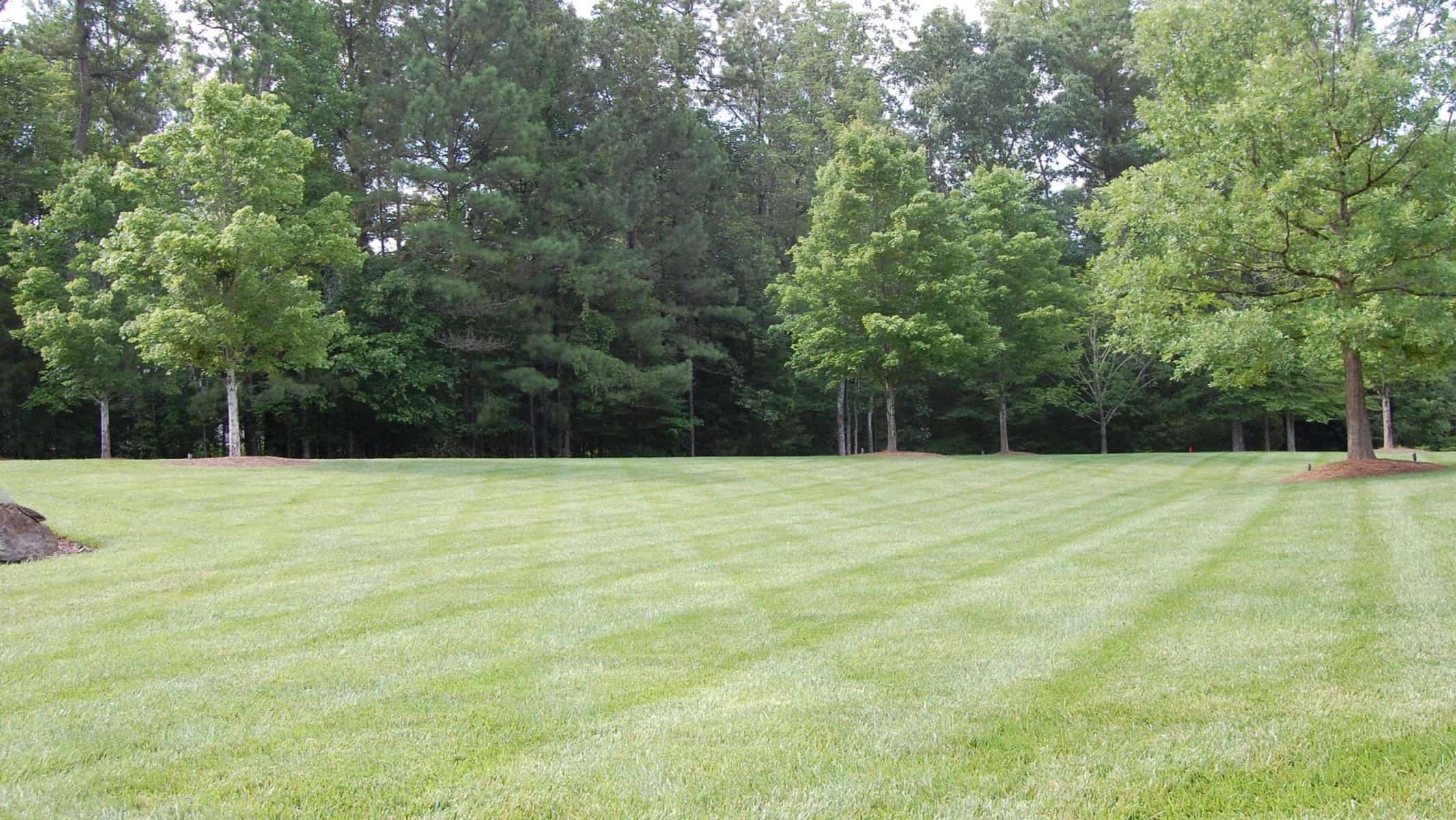
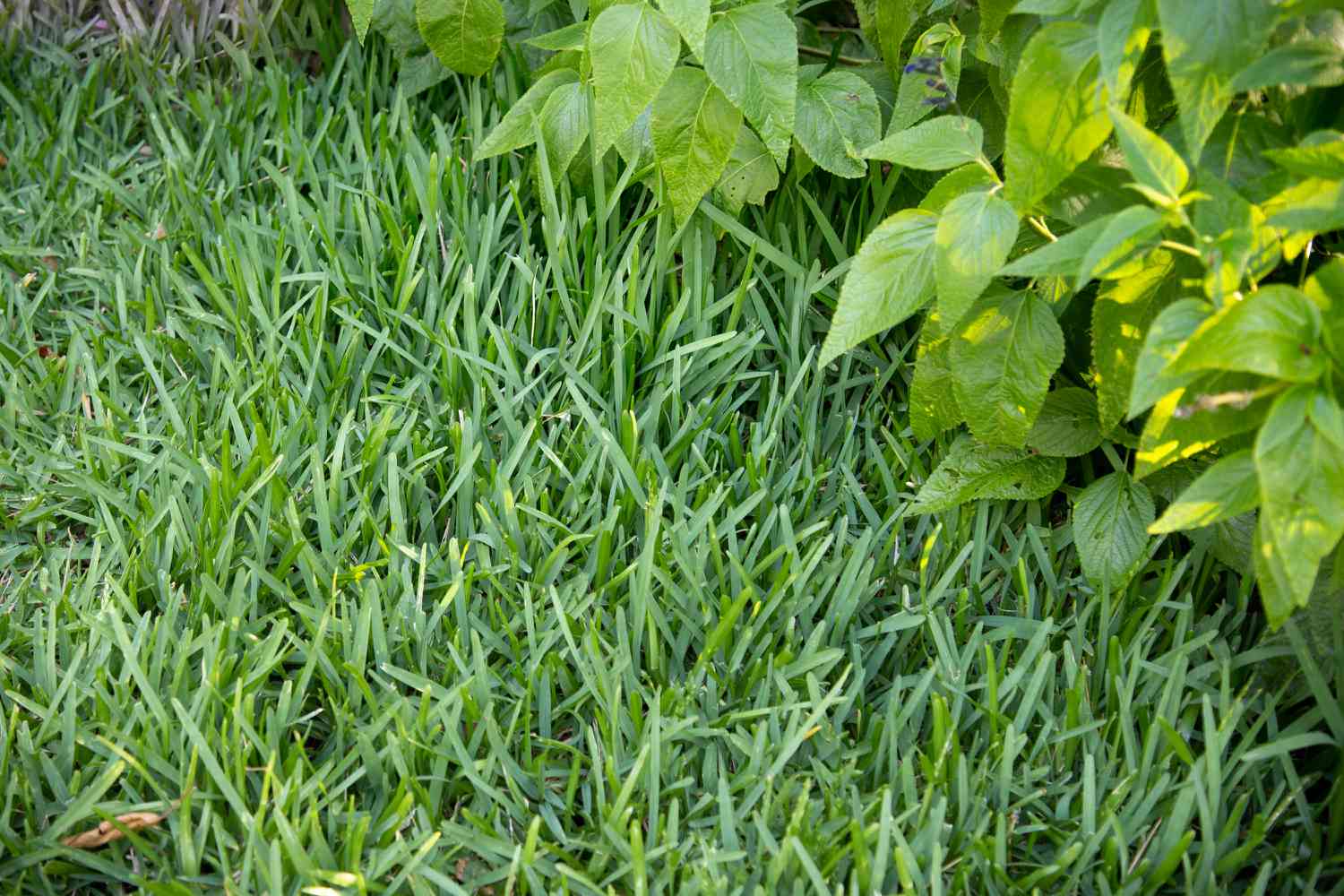
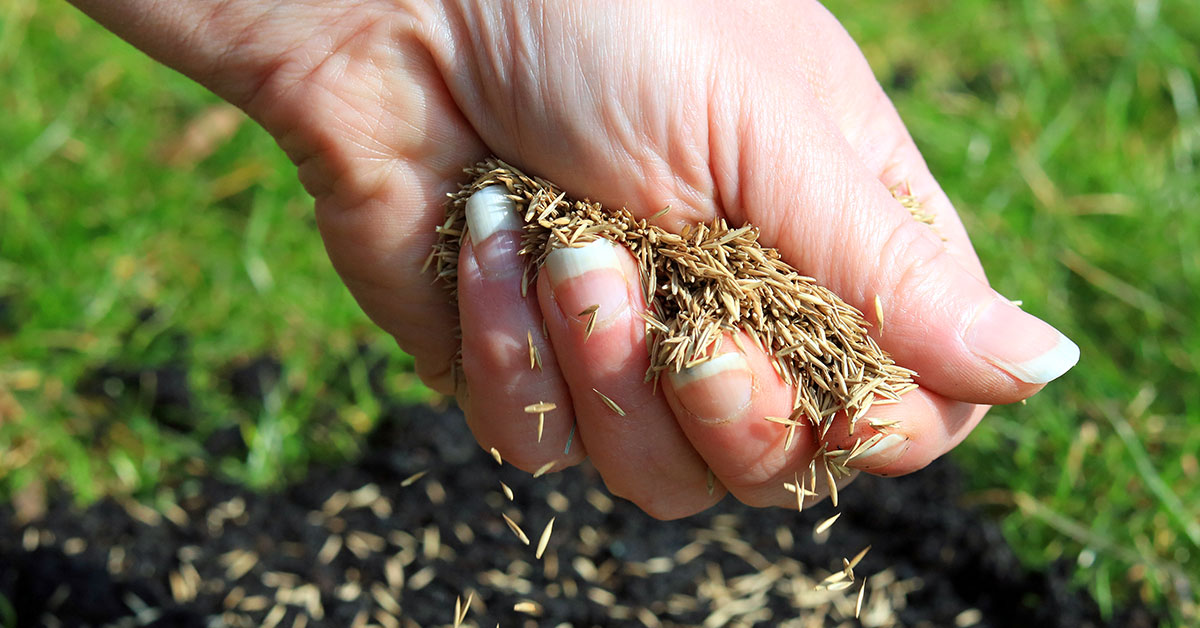
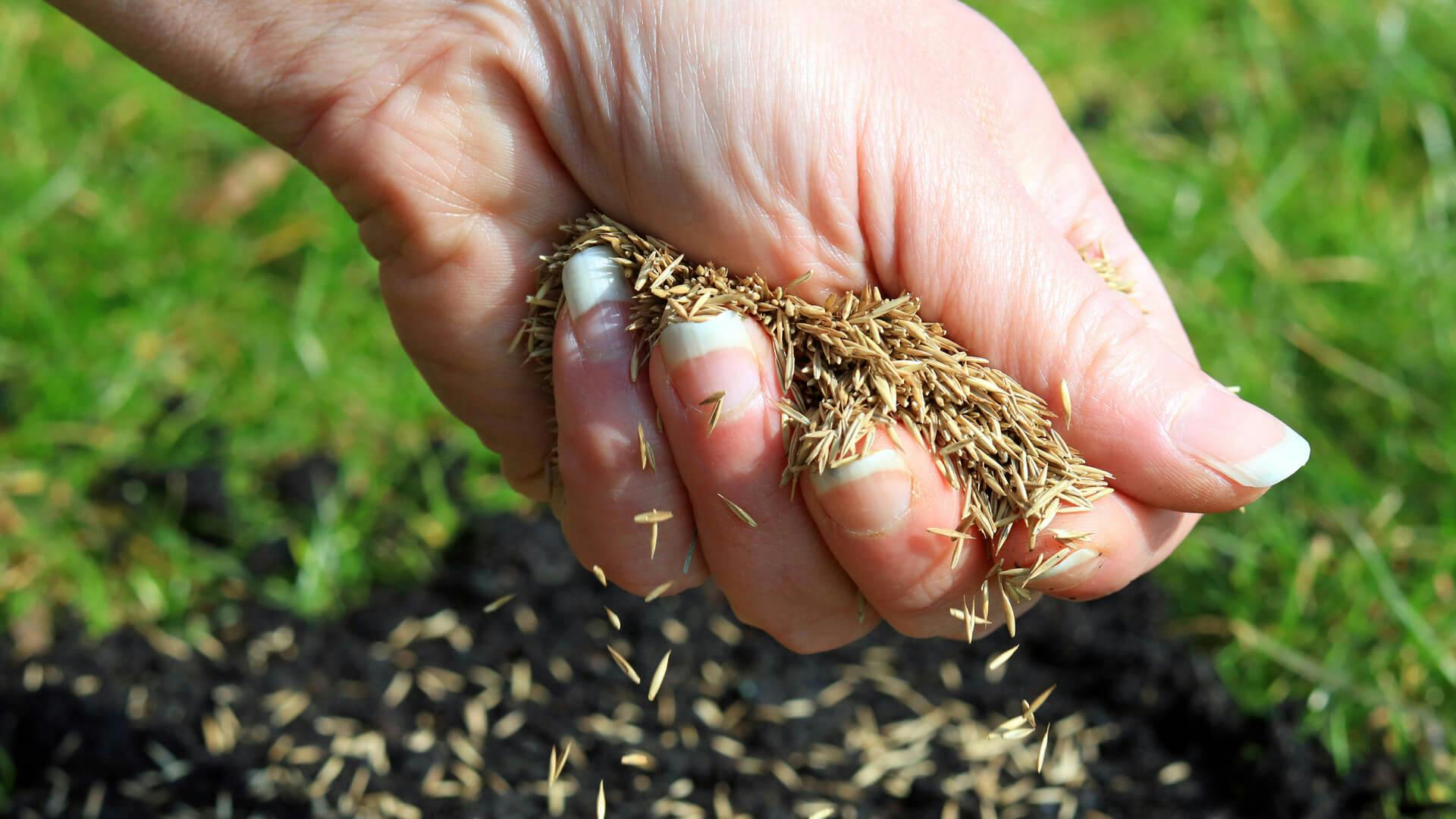
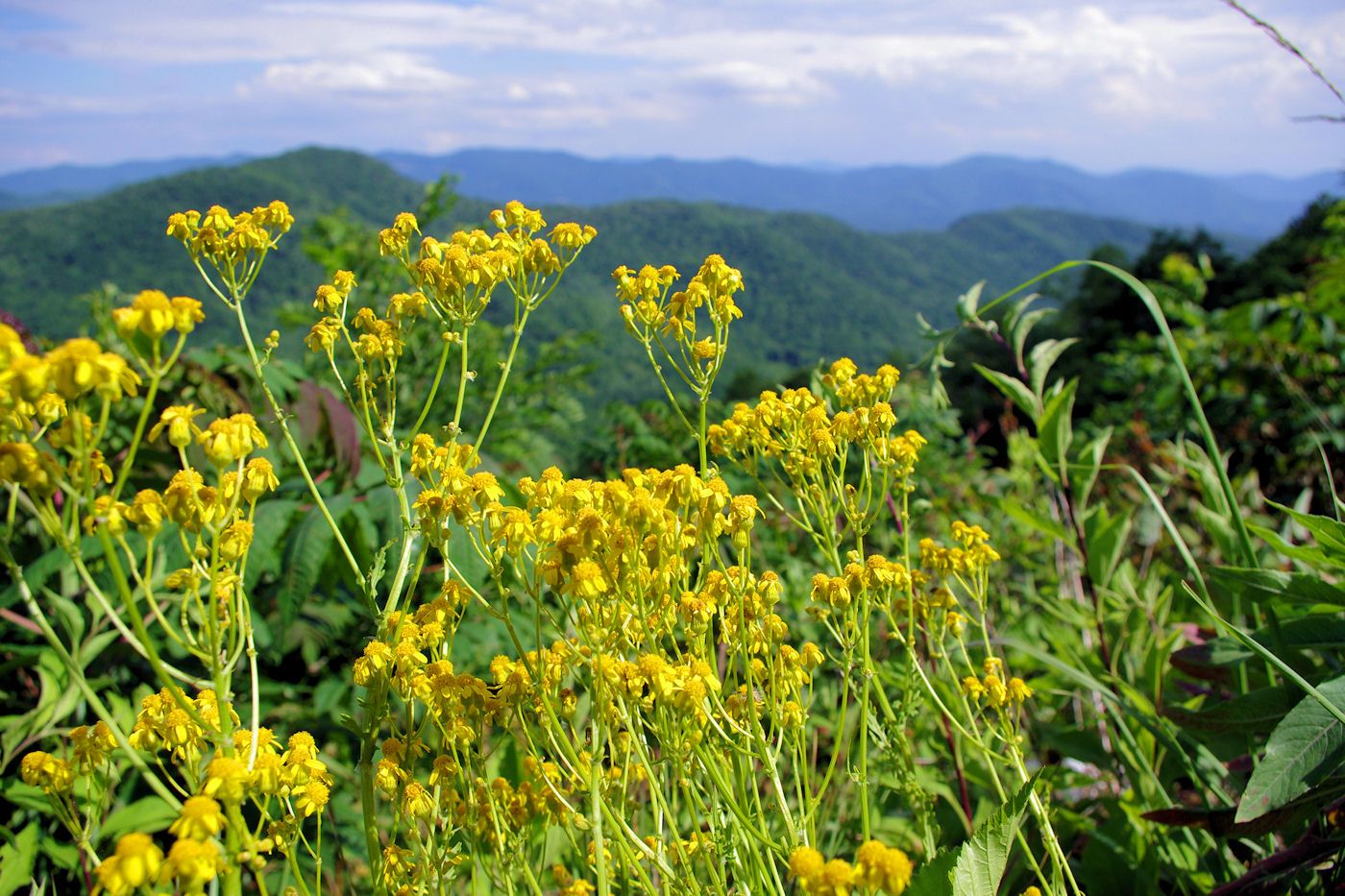










0 thoughts on “When To Plant Grass Seed In South Carolina”